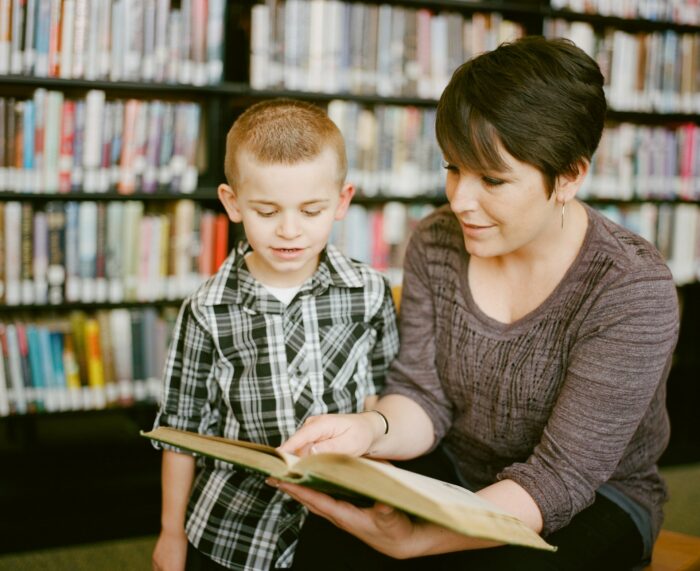Students learn best with a variety of techniques and approaches. Human connection, the ability to connect and engage students, is a timeless staple of good teaching. With the growth of technology, schools are starting to infuse human connections into their teaching tools. In 2016, this means working with technology and using it in teaching and connecting with students. In his article, Roshan Choxi discusses educational psychologist Benjamin Bloom’s 2 Sigma problem. The problem is that students who are taught one-on-one through mastery learning scored higher on a standardized test than those who are taught in a conventional classroom setting. Mastery learning refers to the approach where educators work with a student for as long as necessary to ensure the student masters a topic before moving on.

Photo by Adam Winger on Unsplash.
Despite the findings, the one-to-one tutoring method is unlikely to be implemented widely throughout schools. This method is far too costly in time and money for most schools. However, technology startups may be a vehicle to provide online mentorship (i.e. one-on-one online tutoring) for struggling students. When using technology, students can also be freed to work at their own pace without the stress of being in a traditional classroom where exams and curriculum standards often hinder student mastery.
Choxi also discusses how Massive Online Open Courses (MOOCs) have low student retention rates. Many students are not as engaged in these online open courses as in a traditional classroom. However, this does not mean that online learning is not useful. As a U.S. Department of Education study indicates, blending face-to-face interaction with online learning will bring most student success. Choxi concludes by noting that online mentoring is the perfect blend of face-to-face and online learning.
Categorised in: Uncategorized
This post was written by Madeleine De Welles
